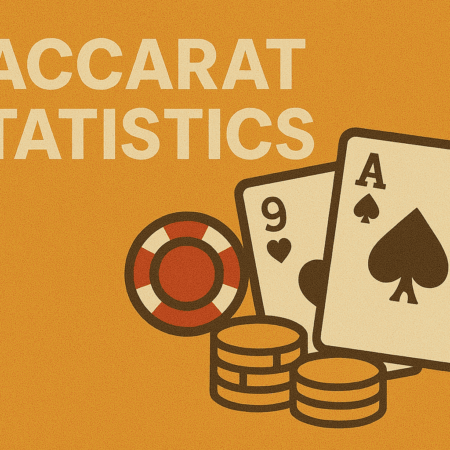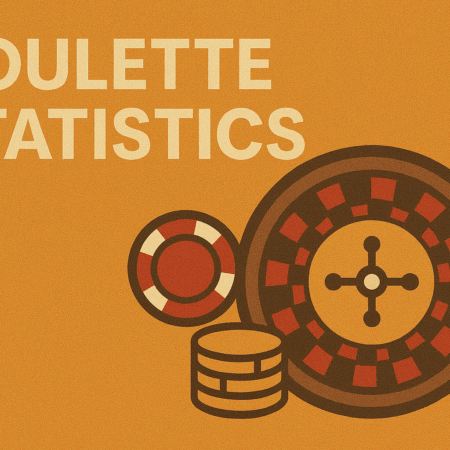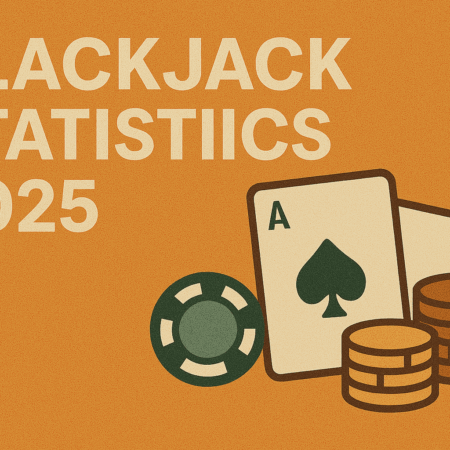Blockchain technology has come a long way from its early days as the foundation for Bitcoin. In 2025, it’s driving innovation across finance, logistics, identity, and even entertainment. But what exactly is blockchain technology, how does it work, and why is it so important today?
In this guide, we break down blockchain in simple terms, explain how it works, explore key benefits and real-world applications, and look ahead to what’s next for this powerful distributed technology.
What Is Blockchain Technology?
At its core, a blockchain is a decentralized, distributed digital ledger. It records transactions in a chain of blocks, which are cryptographically linked and immutable—meaning once a record is added, it cannot be altered retroactively.
Each block contains:
- A timestamp
- A list of transactions
- A reference (hash) to the previous block
- A cryptographic signature
This design allows participants to trust the data without needing a central authority. Instead of one party maintaining a master database, every participant in the network has a synchronized copy of the ledger.
How Does Blockchain Work?
Here’s a step-by-step breakdown:
- A transaction is initiated. This could be a transfer of money, an NFT trade, or the execution of a smart contract.
- The transaction is broadcast to a peer-to-peer network of computers (nodes).
- Nodes validate the transaction using a consensus mechanism like Proof of Work (PoW) or Proof of Stake (PoS).
- Validated transactions are grouped into a block and added to the chain.
- The updated ledger is shared across the network, ensuring transparency and synchronization.
Because every block contains a reference to the previous one, the entire chain becomes secure and tamper-evident.
Key Features of Blockchain
- Decentralization: No single point of control or failure.
- Transparency: Every transaction is visible on a public ledger.
- Immutability: Once data is recorded, it cannot be changed without consensus.
- Security: Cryptographic algorithms protect the integrity of the data.
- Programmability: Smart contracts enable self-executing logic without intermediaries.
Real-World Use Cases of Blockchain in 2025
Blockchain is no longer limited to cryptocurrency. In 2025, it’s transforming industries:
1. Finance & Banking
- Cross-border payments: Faster and cheaper with platforms like Ripple or Stellar.
- Tokenized assets: Real estate, art, and stocks represented on-chain.
- DeFi (Decentralized Finance): Peer-to-peer lending, borrowing, and trading without banks.
2. Supply Chain & Logistics
- Blockchain tracks goods from origin to shelf.
- Brands use it to prove sustainability or combat counterfeiting (e.g., IBM Food Trust, VeChain).
3. Healthcare
- Patient records stored on-chain for privacy and interoperability.
- Medical supply authenticity tracking (especially for vaccines or prescriptions).
4. Digital Identity & Credentials
- Blockchain-based IDs give users control over their data.
- Used in education, employment, and even passport verification.
5. Entertainment & IP
- NFTs and smart contracts power royalty distribution for artists.
- Gaming assets are verifiable, tradable, and interoperable across platforms.
6. Government & Voting
- Pilot programs use blockchain for secure, transparent elections.
- Land registries and public record keeping benefit from tamper-proof ledgers.
Types of Blockchains
Not all blockchains are created equal. Here are the main categories:
Public Blockchains
- Open to everyone (e.g., Bitcoin, Ethereum).
- Secure and transparent but slower due to consensus overhead.
Private Blockchains
- Controlled by a single entity (e.g., Hyperledger).
- Faster and more scalable but less decentralized.
Consortium or Hybrid Blockchains
- Controlled by a group of organizations.
- Combines the best of both public and private chains.
Challenges and Limitations of Blockchain
Despite its promise, blockchain has hurdles to overcome:
- Scalability: Most chains struggle to match the speed of centralized systems.
- Energy use: PoW chains like Bitcoin are energy-intensive, though PoS chains are addressing this.
- Regulatory uncertainty: Governments are still figuring out how to regulate blockchain-based systems.
- Interoperability: Different blockchains often can’t “talk” to each other without bridges or Layer 2 solutions.
The Future of Blockchain Technology
Looking ahead, several trends are defining the future of blockchain:
- Layer 2 scaling solutions (like Optimistic Rollups) are helping blockchains process more transactions at lower cost.
- Cross-chain interoperability through protocols like Polkadot and Cosmos.
- Decentralized physical infrastructure networks (DePIN) for Wi-Fi, storage, and energy.
- Institutional adoption of blockchain for capital markets, insurance, and asset custody.
Blockchain is moving from hype to utility—and as mainstream adoption grows, the technology will likely become as ubiquitous (and invisible) as the internet itself.
FAQ: Blockchain Technology in 2025
What industries are using blockchain in 2025?
Finance, logistics, identity verification, healthcare, gaming, and government are among the top adopters.
Is blockchain safe and secure?
Yes—its cryptographic structure makes it highly secure, though smart contract bugs and phishing remain risks.
What’s the difference between blockchain and Bitcoin?
Bitcoin is a cryptocurrency. Blockchain is the technology that powers it (and many other use cases).
Can blockchain be hacked?
While the core technology is secure, applications built on top (like exchanges or wallets) can be vulnerable if not well protected.
What’s new in blockchain since 2020?
Major innovations include Ethereum’s move to Proof-of-Stake, widespread NFT adoption, the rise of DeFi, and growing use of blockchain in real-world logistics and identity systems.
Do I need to understand coding to use blockchain?
No. Many apps now have user-friendly interfaces, though developers still use Solidity, Rust, or other languages to build protocols.
Final Thoughts
In 2025, blockchain technology has matured beyond its cryptocurrency origins. With real use cases in everything from finance to farming, it’s poised to be one of the foundational tools of the digital economy. While challenges remain, the long-term outlook for blockchain is bright—and now is the time to understand it.

 Canada
Canada Deutsch
Deutsch Español
Español Português
Português



